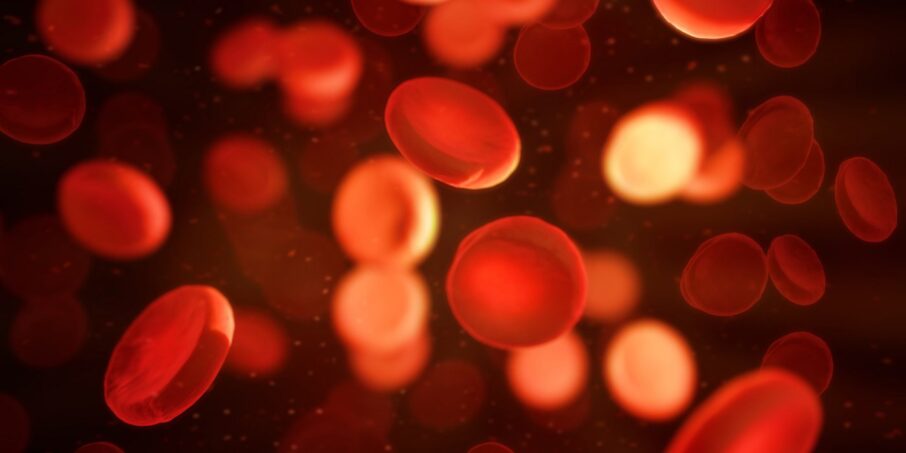
Glanzmann’s Thrombasthenia and Bernard-Soulier Syndrome
Here’s what we know about these ultra-rare platelet disorders.
Most bleeding disorders are relatively rare. Even the most common bleeding disorder, von Willebrand disease, affects just 1 out of every 100 people. But others are much rarer, such as the platelet disorders known as Glanzmann’s thrombasthenia and Bernard-Soulier syndrome.
Both of these disorders affect about 1 in 1 million people and are autosomal recessive disorders, which means that two copies of an abnormal gene (one from each parent) must be present for the disease or trait to develop. They both affect men and women equally.
What Are Blood Platelet Disorders?
Platelets are tiny, irregularly shaped blood cell pieces (called fragments) that play an important role in blood clotting.
When an injury occurs and a blood clot is needed, the platelets become sticky and help plug the site of the injury. They attach themselves to the surface of the blood vessel, release chemical signals to attract other platelets and clump together to form a platelet plug. Once the plug is ready, proteins called clotting factors arrive to strengthen its exterior.
When you have a platelet disorder, some part of this process is disrupted. As a result, a plug can’t form properly or take longer than normal to form, and a person bleeds longer than usual.
With Glanzmann’s thrombasthenia and Bernard-Soulier syndrome, the problem involves the receptors on the surface of the platelets, which help them interact with or respond to other substances.
Glanzmann’s Thrombasthenia (GT)
People with Glanzmann’s thrombasthenia (the name comes from Eduard Glanzmann, the Swiss doctor who first identified it in 1918) have platelets that lack a protein called glycoprotein IIb/IIIa that helps them stick together to form a clot. Because of this, bleeding continues for longer than normal.
The common symptoms of GT include bruising, nosebleeds and heavy menstrual bleeding. People with GT have normal platelet counts, and their platelets look normal in size and shape when viewed under a microscope. GT is diagnosed through specialized laboratory tests called platelet aggregation studies and flow cytometry (that checks for deficiency of glycoprotein IIb/IIIa in the platelets).
Bernard-Soulier Syndrome (BSS)
Bernard-Soulier syndrome—named for Jean Bernard and Jean-Pierre Soulier, the French hematologists who first described it in 1948—is caused by a deficiency of glycoprotein lb, which is the receptor for von Willebrand factor. The result is that the platelets can’t stick to an injury site the way they typically would. People with BSS have much larger platelets than normal.
The symptoms of BSS include easy bruising, frequent and prolonged nosebleeds and bleeding gums. BSS is diagnosed through specialized laboratory tests called platelet aggregation studies and flow cytometry (that checks for deficiency of glycoprotein Ib in the platelets).
Getting Help
People with these ultra-rare platelet disorders can find specialized treatments at hemophilia treatment centers under the care of a hematologist. Treatments may include platelet transfusions (provide the body with “normal” platelets), recombinant factor VIIa (to promote clot formation), or supportive treatments such as antifibrinolytics (decreases clot breakdown) or hormonal therapy for heavy periods. Some people develop antibodies against the donated platelets, making them less effective.
The National Hemophilia Foundation holds a Rare Bleeding Disorders Conference every year, where people with platelet disorders such as Glanzmann’s thrombasthenia and Bernard-Soulier syndrome can learn more about managing their conditions and connect with people who share their experiences.
Source: Hemaware, December 2021